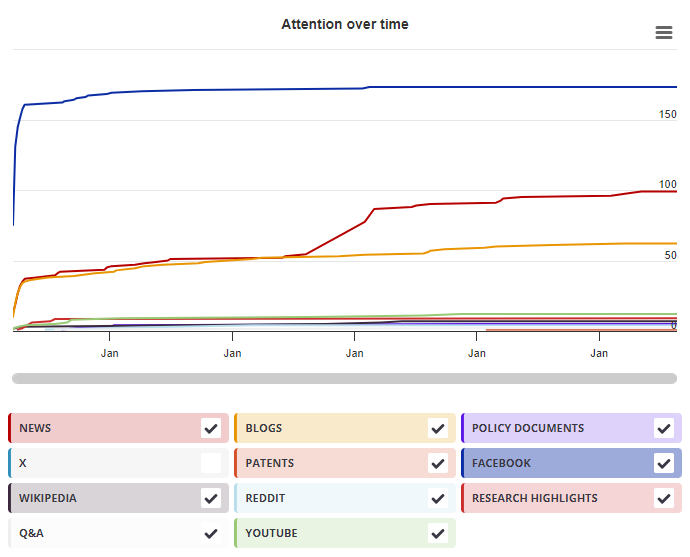| Chapter title |
Chromium: Is It Essential, Pharmacologically Relevant, or Toxic?
|
|---|---|
| Chapter number | 6 |
| Book title |
Interrelations between Essential Metal Ions and Human Diseases
|
| Published in |
Metal ions in life sciences, November 2013
|
| DOI | 10.1007/978-94-007-7500-8_6 |
| Pubmed ID | |
| Book ISBNs |
978-9-40-077499-5, 978-9-40-077500-8
|
| Authors |
John B Vincent, Vincent JB, John B. Vincent, Vincent, John B. |
| Editors |
Astrid Sigel, Helmut Sigel, Roland K.O. Sigel |
| Abstract |
Over fifty years ago, the element chromium (as the trivalent ion) was proposed to be an essential element for mammals with a role in maintaining proper carbohydrate and lipid metabolism. Evidence for an essential role came from dietary studies with rodents, studies on the effects of chromium on subjects on total parenteral nutrition, and studies of the absorption and transport of chromium. Over the next several decades, chromium-containing nutritional supplements became so popular for weight loss and muscle development that sales were second only to calcium among mineral supplements. However, the failure to identify the responsible biomolecules(s) that bind chromium(III) and their mode of action, particularly a postulated species named glucose tolerance factor or GTF, resulted in the status of chromium being questioned in recent years, such that the question of its being essential needs to be formally readdressed. At the same time as chromium(III)'s popularity as a nutritional supplement was growing, concerns over its safety appeared. While chromium has been conclusively shown not to have beneficial effects on body mass or composition and should be removed from the list of essential trace elements, chromium(III) compounds are generally nontoxic and have beneficial pharmacological effects in rodents models of insulin insensitivity, although human studies have not conclusively shown any beneficial effects. Mechanisms have been proposed for these pharmacological effects, but all suffer from a lack of consistent supporting evidence. |

Mendeley readers
Geographical breakdown
| Country | Count | As % |
|---|---|---|
| Singapore | 1 | 2% |
| Unknown | 55 | 98% |
Demographic breakdown
| Readers by professional status | Count | As % |
|---|---|---|
| Researcher | 10 | 18% |
| Student > Bachelor | 9 | 16% |
| Student > Master | 6 | 11% |
| Student > Ph. D. Student | 5 | 9% |
| Professor | 3 | 5% |
| Other | 6 | 11% |
| Unknown | 17 | 30% |
| Readers by discipline | Count | As % |
|---|---|---|
| Medicine and Dentistry | 9 | 16% |
| Agricultural and Biological Sciences | 8 | 14% |
| Biochemistry, Genetics and Molecular Biology | 5 | 9% |
| Chemistry | 4 | 7% |
| Pharmacology, Toxicology and Pharmaceutical Science | 2 | 4% |
| Other | 6 | 11% |
| Unknown | 22 | 39% |
